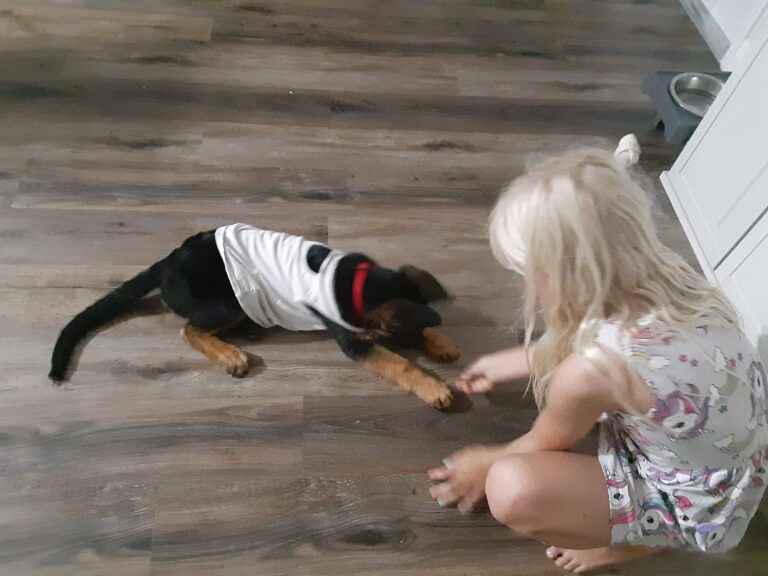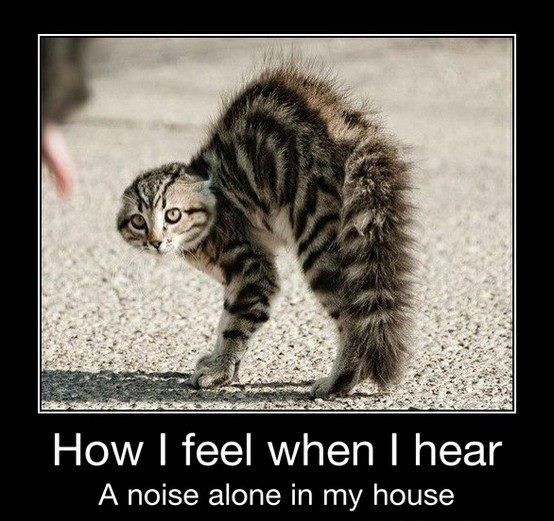Navigating Grief: Understanding and Coping with the Loss of a Beloved Pet
The profound bond between humans and their pets transcends mere companionship, evolving into a relationship characterized by unconditional love, trust, and shared experiences. When a cherished pet passes away, the ensuing grief can be as powerful and complex as any other form of loss. This emotional process is not only a testament to the depth of our connection with animals, but also a deeply human experience that warrants both understanding and support.
In recent years, scientific research and psychological studies have shed light on the intricate nature of pet loss, offering valuable insights into the grieving process. This knowledge empowers individuals to navigate their emotions with greater awareness and purpose. In this article, we will delve into the scientific understanding of grieving the loss of a pet, providing practical advice and strategies to help individuals cope with this challenging period.
Attachment Theory and the Human-Animal Bond
The profound and intricate connection between humans and their animal companions is underpinned by a wealth of empirical evidence that corroborates the existence of attachment mechanisms reminiscent of those observed in human relationships. Extensive research has elucidated that the emotional rapport shared between individuals and their pets mirrors the attachment dynamics inherent in the human familial unit.

Scholarly investigations have consistently demonstrated that the mere presence of a pet exerts a palpable ameliorative effect on the pervasive sensation of loneliness. This phenomenon can be attributed to the activation of neurobiological pathways associated with the release of oxytocin, colloquially referred to as the “bonding hormone”. Analogous to the bonds forged between parents and their offspring, the interaction with a pet engenders a surge in oxytocin levels, fostering feelings of intimacy, trust, and emotional sustenance.
When confronted with the poignant eventuality of a pet’s demise, the ensuing grief represents a poignant testament to the profundity of the attachment that has evolved over the course of the human-animal relationship. This grief is not merely an ephemeral sentiment but rather a profound manifestation of the enduring bond that necessitates both acknowledgment and validation. It is through this process that individuals embark on a journey of acknowledging the intricate tapestry of emotions woven through their relationship with their departed companion, underscoring the imperative for compassionate support and understanding during this pivotal juncture of bereavement.
Neurobiology of Grief
In the realm of neurobiology, the grieving process following the loss of a cherished pet unveils a symphony of intricate neurochemical interactions within the human brain. This orchestration, orchestrated by a cadre of dedicated neuroscientists, underscores the profound impact of such an event on the delicate balance of neurochemical constituents.
Central to this phenomenon is oxytocin, heralded as the paragon of the “bonding hormone”. Within the context of human-animal relationships, oxytocin emerges as a pivotal player, orchestrating the symphony of emotions that characterize these intimate connections. Its surge is palpable during moments of positive interaction with pets, bestowing a profound sense of intimacy, trust, and affection upon the individuals involved. This surge in oxytocin levels engenders a palpable closeness that solidifies the bond between human and animal.
Conversely, the lamentable eventuality of a pet’s passing is accompanied by a discernible diminishment in oxytocin levels. This decline, far from a mere physiological alteration, precipitates a cascade of emotional responses characterized by feelings of sorrow and a poignant sense of emptiness. It is within this neurochemical milieu that the grieving individual navigates the complex terrain of bereavement, where the ebb and flow of oxytocin serves as a poignant reminder of the profound impact that the pet had on their emotional landscape.
The Stages of Grief and Pet Loss
Elisabeth Kübler-Ross’s seminal model delineating the five stages of grief—namely denial, anger, bargaining, depression, and acceptance—stands as a foundational framework in comprehending the multifaceted nature of grieving processes. This model, initially formulated in the context of human loss, has been astutely observed to extend its applicability to the realm of pet bereavement. Crucially, it is imperative to apprehend that these stages, while sequentially presented, do not rigidly adhere to a linear progression. Rather, they comprise a malleable and dynamic continuum, subject to the ebbs and flows of individual emotional experiences. This dynamic nature allows for the coexistence and interplay of various stages, permitting individuals to traverse this emotional terrain with a mantle of self-compassion. As such, the process of grieving for a beloved pet is an intricate tapestry of emotional responses that may oscillate and overlap, defying neat categorization. This nuanced understanding liberates individuals from the constraints of prescribed timelines and fosters a climate of self-compassion, recognizing that their unique journey through grief is inherently valid and personalized. It is within this framework that individuals find solace and resilience, navigating the labyrinthine path of bereavement with a gentleness and understanding that acknowledges the depth of their emotional connection with their departed companion.
Managing grief – the Importance of Ritual and Remembrance
The profound impact of rituals and commemorative acts on the grieving process is a subject of considerable scientific scrutiny. Empirical evidence underscores the therapeutic efficacy of engaging in structured activities designed to honor and remember a departed pet. Studies reveal that these deliberate gestures, ranging from the creation of tangible memorials to the heartfelt penning of letters, possess a remarkable capacity to facilitate emotional healing. This is achieved through the provision of a concrete outlet for the expression of grief, allowing individuals to navigate the intricate terrain of loss in a palpable, constructive manner. Moreover, these rituals serve as poignant vessels for the preservation of cherished memories, imbuing them with a tangible presence that endures beyond the immediate sting of bereavement.
Seeking Social Support in Grief
Scientific inquiry resoundingly affirms the pivotal significance of social support as an indispensable pillar in navigating the complexities of pet loss. The profound impact of empathetic connections with friends, family, and participation in pet loss support groups emerges as a paramount facet of this dynamic. Empirical evidence elucidates that these interpersonal connections offer a sanctuary, a sacred space wherein individuals are free to articulate their emotions without judgment or reservation. Within the cocoon of these empathetic relationships, individuals find solace, experiencing a profound sense of validation for their grief. It is through this empathetic exchange that a transformative sense of belonging is fostered, cocooning grieving individuals within a nurturing environment during this arduous period. The research underscores that the experience of pet loss is intrinsically interwoven with the human need for social connection and emotional validation. In forging these empathetic bonds, individuals embark on a journey of healing, their hearts buoyed by the collective understanding and compassion of those who share in their grief. This mutual solidarity serves as an affirming testament to the enduring impact of pets on the human experience, underscoring the profound role they play in our live
Advise for parents
When a child experiences the loss of a pet, it’s essential for parents to approach the situation with honesty and gentleness. Using age-appropriate language, avoid euphemisms to ensure clarity. Encourage open communication, creating a safe space for the child to express their feelings, whether it be sadness, confusion, or even anger. Validating these emotions is crucial; let them know it’s perfectly normal to feel this way. As a parent, it’s also okay to show your own emotions, as this can help normalize the grieving process and demonstrate that it’s natural to feel sadness when a loved one, even a pet, passes away. Offer physical comfort through hugs and gentle touches, assuring the child of your love and support during this difficult time. Encourage creative expression, such as drawing, writing, or creating a scrapbook dedicated to their pet, providing a constructive outlet for their emotions. Involving the child in planning a memorial or ceremony for their pet can offer closure and a sense of honoring their beloved companion. Reading books on pet loss together can be a helpful way to initiate conversations and offer comfort. Maintaining daily routines can provide stability amid the changes and uncertainties. If the child expresses interest in getting a new pet, approach the decision as a family and ensure everyone is emotionally ready. If the child is struggling significantly with the loss, seeking the support of a therapist or counselor experienced in grief and loss can be a valuable step in the healing process. Remember, every child grieves differently, so tailor your support to their individual needs, and let them know you’re there for them every step of the way.
As we navigate the intricate terrain of grief following the loss of a beloved pet, scientific understanding offers valuable insights into the nature of our emotions and the healing process. By acknowledging the depth of our attachment, embracing the stages of grief, and engaging in meaningful rituals, we can honor the memory of our cherished companions while finding solace in the enduring legacy of love they leave behind.






